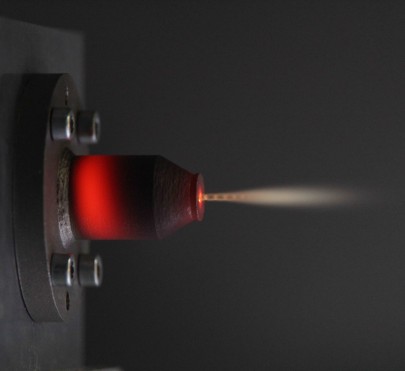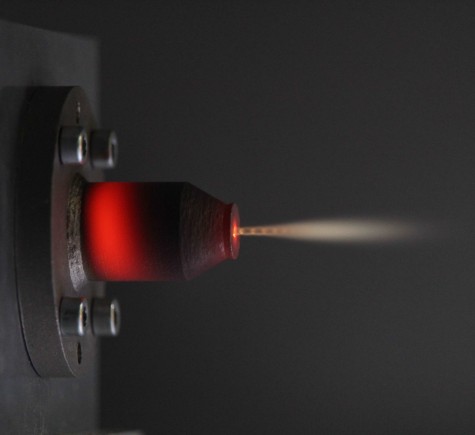Over the past decade, sustainable space propulsion systems have experienced increasing interest and larger numbers of payloads are being launched into orbits. However, their growing number leads to an increased collision risk and the generation of space debris, endangering operational satellites and future missions in the same orbit. As such, there is an urgent need to maintain the cleanliness of space by developing compact propulsion systems for these satellites. These propulsion systems are necessary to enable manoeuvrability during a mission and to facilitate de-orbiting either at the end of their useful lifetime or in the event of an unexpected failure.
The space community is currently working on developing several alternative propulsion concepts to address this need. One significant challenge is the use of alternative, green propellants, as well as the miniaturization of thrusters and subsystems to fit within the limited size constraints of CubeSats and other micro-satellites. These developments aim to ensure the sustainability and safety of space operations.
Overall, the development of compact propulsion systems for CubeSats and other micro-satellites is crucial in preserving the cleanliness and safety of space. As the demand for these systems continues to increase, there is a need for ongoing research and innovation to ensure that the propulsion systems developed are effective, efficient, and environmentally friendly.
Research Topics
The Technical University of Darmstadt's Institute of Gas Turbines and Aerospace Propulsion (GLR) is taking action to develop innovative solutions for the challenges facing CubeSats and other micro-satellites. Amongst others GLR has currently ongoing projects in the following research areas:
- Clean Water Electrolysis Propulsion System: This technology is using water as a propellant to create a small thruster system for de-orbiting. Unlike traditional propulsion systems that use hypergolic but toxic fuels such as hydrazine, water electrolysis propulsion systems produce propellant in space by decomposition water into hydrogen and oxygen through the process of electrolysis.
- Small-scale Rotating Detonation Engine (RDE): Instead of deflagration, RDEs use detonation, which is pressure-gained combustion process resulting in large pressure increases and higher temperatures. In general, several physical processes in RDEs are still to be understood. Small-scale RDEs remain a challenge due to high heat loss and an increased frequency of the rotating detonation wave. We are currently working on a conceptual design and development of a small-scale RDE to investigate its efficiency.
- Miniaturized ignition concepts: As the demand for CubeSats and other micro-satellites continues to grow, the development of miniaturized ignition concepts will play an important role in the future of space exploration and satellite technology. Designing efficient ignition systems for these small satellites poses significant challenges due to their size limitations. One main project is assessing the feasibility of a cold plasma ignition system for space propulsion. Additionally, we are currently working on novel miniaturized ignition concepts, such as resonance ignition and catalytic ignition concepts.


